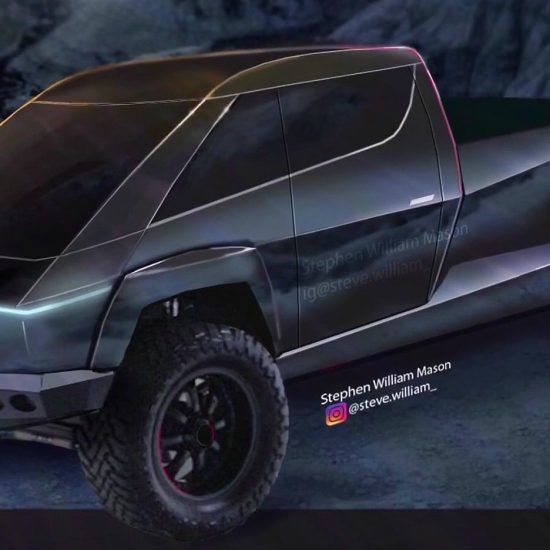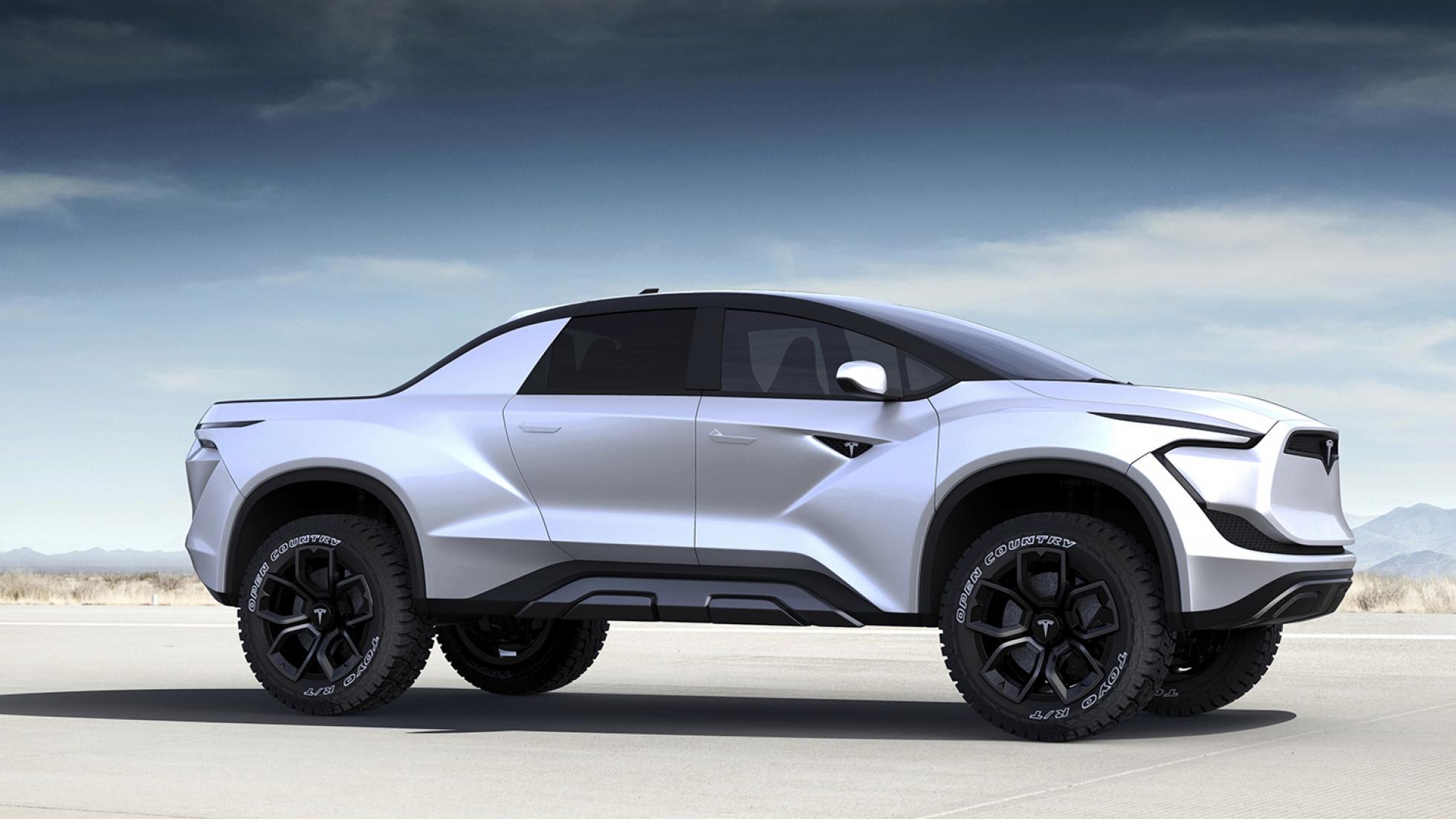


Mixing those battery figures with Tesla’s claim that the Semi uses less than 2 kWh of battery capacity per mile, it’s clear the Tesla’s packing a whole lot more battery than those other trucks. The Renault’s max battery capacity is 540 kWh.

The European Renault over-the-road T E-Tech truck can go 186 miles on a charge. The Tre BEV uses a 733-kWh battery to go 330 miles. Daimler’s max battery capacity is 440 kWh.
#Tesla truck drivers#
The eCascadia is listed with a typical range of 220 miles with tandem drivers (the two axles behind the cab) or 230 miles with a single axle in long-range configuration. The step change would be the real-world range and the ecosystem – the unique selling proposition that made Tesla, Tesla as far back as the debut of the Model S. The Daimler can pull the same 82,000 pounds as the Tesla. Volvo-owned Renault Trucks has an even wider selection of e-rigs than Daimler, but in Europe.
#Tesla truck plus#
Celebrity and industry-defining products have their perks.īut Daimler truck division Freightliner has an eCascadia Class 8 rig plus an electric school bus and an electric box truck. The only reason it gets so much ink is because it’s a Tesla. The Semi isn’t the first electric truck, nor is it the only one fitted with three motors. This could be true, but there’s some context – and it needs on-road proof. Daycabbers drive regional routes and sleep at home. Truckers drive thousands of miles per week all over North America and sleep in their trucks. Those drivers go home every day at the ends of their shifts. They’re cabs and a couple of seats, often a window in back you can see the occupants through. On interstate highways in the wee hours, you’ll probably pass or be passed by numerous FedEx day cabs running parcels from one sorting depot to another. In the early mornings you’ll see day cabs delivering food and drink from local warehouses to restaurants. The Semi is what’s called a “day cab.” This is for regional work, like moving goods between locations a few hundred miles apart. Those tractors are called “sleepers,” referring to the area behind the seats that contains a bed where the driver, well, you can guess what he or she does there. That word makes people, even truckers, think of long-haul, over-the-road tractor-trailers with drivers who sleep in truck stops and don’t see their families but once every couple of months. More importantly, the Tesla Semi as-is could only be the future of a certain kind of trucking, bringing us to the first issue we need to clear up: The word “Trucking.” If the Semi ends up being the future of trucking, we won’t know for another decade or so. I'll start by saying congratulations to Tesla the same way I’ve congratulated every other aspiring and established automaker for getting a hot product out the door finally ( such as Lordstown Motors). But let’s consider what happened last night. After last night’s presentation, most of those questions remain. I’d spent nine months of that year driving an over-the-road truck more than 70,000 miles in the United States and Canada for two companies. As everyone has noted, this is five years after Musk announced the Semi and three years after Musk said the Semi would enter production.Īfter the 2017 debut, I wrote a piece asking some questions about the rig, especially concerning some of its more unusual elements like the central seating position and doors behind the driver. Tesla CEO Elon Musk and Tesla Semi Senior Engineering Manager Dan Priestly took the stage last night – the stage being a flatbed trailer – to announce the arrival of the Tesla Semi.


 0 kommentar(er)
0 kommentar(er)
